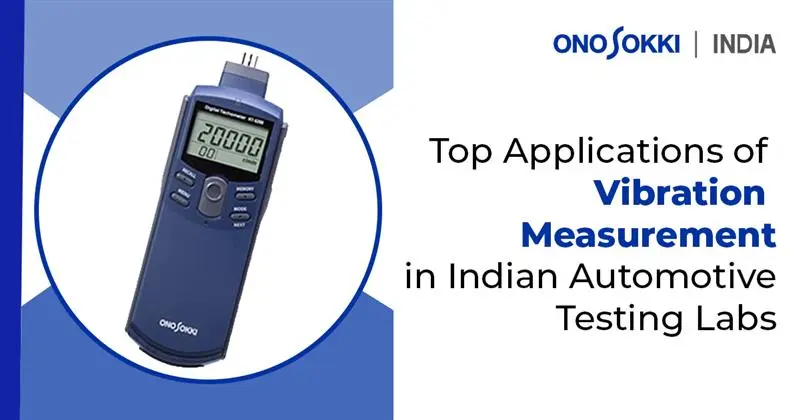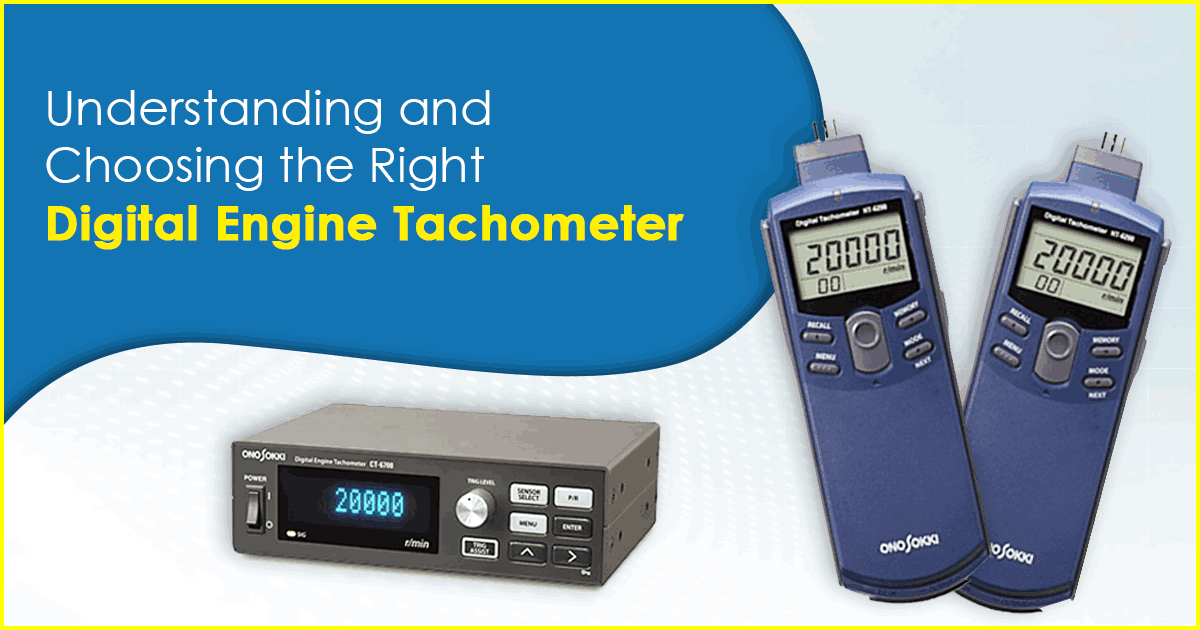



A digital engine tachometer is an important tool for tracking how well the engine is running and figuring out what’s wrong. With the ability to measure the rotational speed of an engine’s crankshaft in revolutions per minute (RPM), a digital engine tachometer can provide valuable information about the engine’s overall health and performance. In this guide, we will help you understand why digital engine tachometers are an essential part of keeping your engine running smoothly.
A digital engine tachometer is a device that measures the number of revolutions per minute (RPM) of the crankshaft of an engine. The tachometer has a sensor that picks up the magnetic fields made by the engine’s moving parts. This information is then turned into a digital signal that can be shown on a screen or read out. This measurement is important for monitoring engine performance and diagnosing problems.
Digital engine tachometers are becoming more popular than analogue ones because they are more accurate, easier to use, and can simultaneously show more than one piece of information. Digital tachometers or EV tachometers usually display the RPM, the engine temperature, the oil pressure, and how much fuel is being used. This allows for quick and easy monitoring of the engine’s overall health and performance.
Based on data acquisition and measurement techniques, digital tachometers are categorized into four types:
1. Contact-Type Digital Tachometer: These tachometers measure the rotating shaft by direct contact and are generally fixed in the machine or electric motor. With the help of a magnetic sensor, RPM can be measured, as it is also attached to the machine.
2. Non-Contact Type Digital Tachometer: As the name suggests, a non-contact digital tachometer does not have any contact with the rotating shaft. This type uses an optical disc or laser attached to the rotating shaft, which the tachometer reads using an IR beam or laser.
3. Time Measurement Digital Tachometer: This tachometer calculates the time interval between incoming pulses. A tachometer like this has a resolution independent of the measurement speed, making it more accurate for measuring low rates.
4. Frequency Measurement Digital Tachometer: A digital tachometer is used to measure the frequency of the pulses. Because the rotating shaft controls the revolution of this type of tachometer, it is more precise when measuring high speeds.
Many industries use the Digital Tachometer, and it’s also extensively used for commercial applications.
Components of the Digital Engine Tachometer CT-6700
In conclusion, a digital engine tachometer is a valuable tool for anyone who wants to keep their engine running smoothly. These devices are easy to read and give accurate RPM readings. They also show a number of engine parameters. By getting these unique products from Ono Sokki, like a digital or laser type tachometer, etc., many industries have found that investing in a digital engine tachometer is a smart choice that can help you get the most out of your engine. With a digital engine tachometer, it’s easy to find out what’s wrong with your engine, fine-tune it for the best performance, and make sure it’s running at its best.